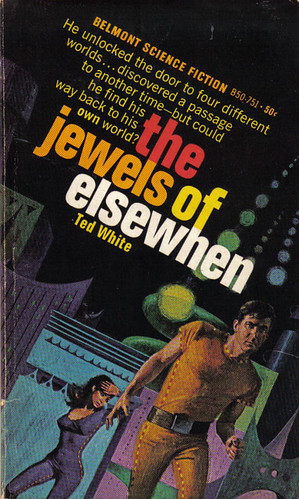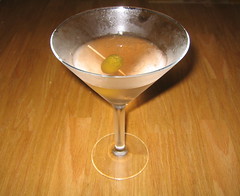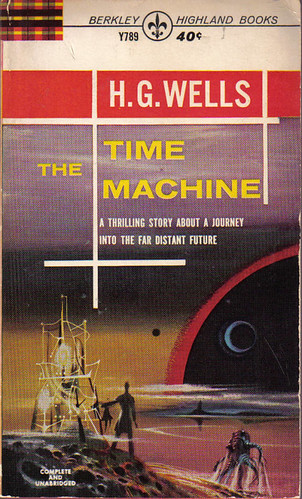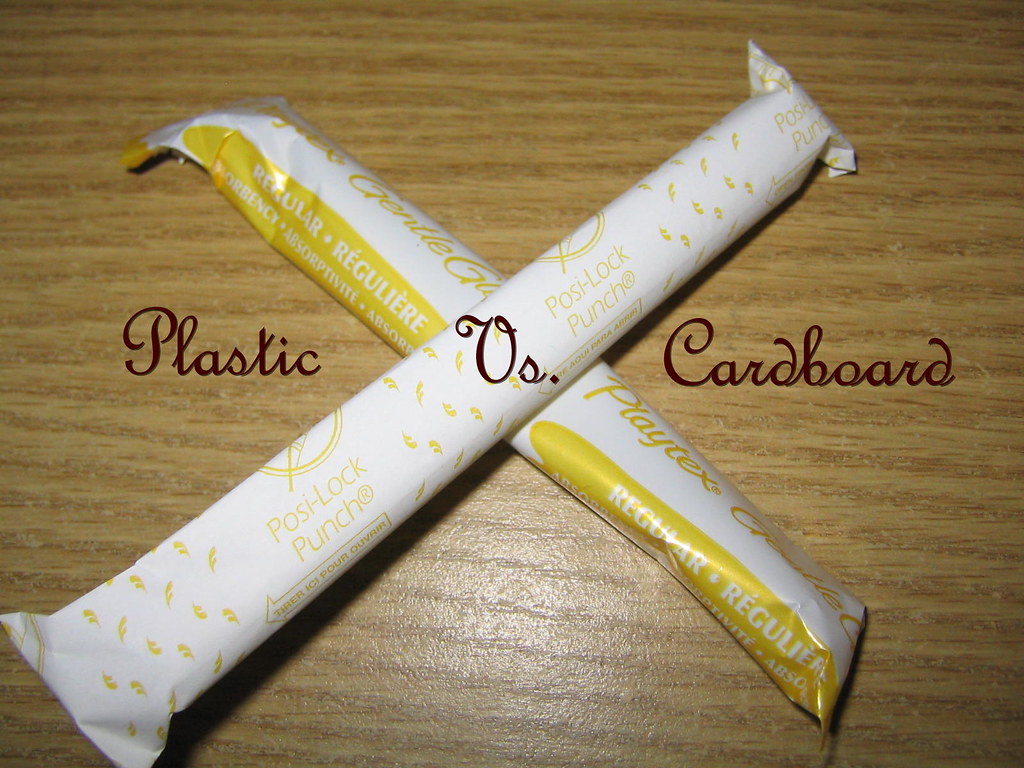 It's time for another Oz book! The fourth book in the series brings back the humbug Wizard from the first book and reunites him with Dorothy in Dorothy and the Wizard in Oz (1908) (go ahead and read the whole thing here. You know you want to. Or just read the plot summary here if you are lazy. Or read this post, which does quite a bit of plot summarizing itself).
It's time for another Oz book! The fourth book in the series brings back the humbug Wizard from the first book and reunites him with Dorothy in Dorothy and the Wizard in Oz (1908) (go ahead and read the whole thing here. You know you want to. Or just read the plot summary here if you are lazy. Or read this post, which does quite a bit of plot summarizing itself).By this time, Baum has realized that his Oz books are way more popular than anything else he has written, and commits to writing one at least every two years. As he notes in his introduction:
It's no use; no use at all. The children won't let me stop telling tales of the Land of Oz. I know lots of other stories, and I hope to tell them, some time or another; but just now my loving tyrants won't allow me. They cry: "Oz--Oz! more about Oz, Mr. Baum!" and what can I do but obey their commands?
Freaking tyrants. Let the man write his stories!
The most interesting thing about the Oz books for me is figuring out how we are going to get from Earth to Oz (or another fairy land) at the beginning of the book. In this case, Dorothy and her Uncle Henry are in California after their long trip to Australia. Uncle Henry has gone ahead to his brother's ranch, and Dorothy follows by train after spending some time with friends in San Francisco. When she and her cousin are riding out to the ranch on a horse cart, a big earthquake hits and they all fall way down into the earth. After awhile they notice they are falling pretty slowly, and they also notice that the horse and Dorothy's cat (Eureka -- who proceeds to get into a lot of trouble) can talk. This clues Dorothy in to the fact that she is about to have another adventure, so she isn't scared at all.
When they land, they find themselves in the land of the Mangaboos, who look kind of like short people but are actually vegetables. The Mangaboos are pretty mad at Dorothy and her friends because a bunch of rocks fell down with them during the earthquake and knocked holes in their houses. They are about to kill the visitors when something else comes down from the sky -- why it's our old friend the Wizard! He had been traveling with the circus and going up and down in his balloon when he had the bad luck to get sucked down into a crack in the earth during an earthquake. Luckily he has some tricks to scare the Mangaboos into thinking he was a real wizard and not just a humbug, including a rather fun trick involving nine tiny pigs that live in his pockets (pictured on the freaky bookcover above).
Okay, more adventures happen, including an escape up through a mountain into the Valley of the Voe where everyone eats plants that make them invisible so that the savage bears that live in the valley can't see them to eat them. Of course, the bears eat the plants too so they are also invisible. And scary. And they try to kill our heroes. Then they climb higher and end up in the land of the Gargoyles where everything is made out of wood and mean wooden Gargoyles can fly around and try to kill our heroes (there is a lot of attempted murder in this one). Finally we spend a bit of time with the Dragonettes -- some baby dragons who also try to kill our heroes, but aren't quite able to. And finally, when all hope is lost, everything works out okay and they get to spend a little time in Oz getting reunited with all our old friends like Ozma, the Scarecrow, and the Tin Man. They love big reunions in Oz.
And did you ever wonder why the Wizard of Oz called himself the Wizard of Oz? Well:
"Please tell me, Mr. Wizard, whether you called yourself Oz after this great country, or whether you believe my country is called Oz after you. It is a matter that I have long wished to enquire about, because you are of a strange race and my own name is Ozma. No, one, I am sure, is better able to explain this mystery than you."
"That is true," answered the little Wizard; "therefore it will give me pleasure to explain my connection with your country. In the first place, I must tell you that I was born in Omaha, and my father, who was a politician, named me Oscar Zoroaster Phadrig Isaac Norman Henkle Emmannuel Ambroise Diggs, Diggs being the last name because he could think of no more to go before it. Taken altogether, it was a dreadfully long name to weigh down a poor innocent child, and one of the hardest lessons I ever learned was to remember my own name. When I grew up I just called myself O. Z., because the other initials were P-I-N-H-E-A-D; and that spelled 'pinhead,' which was a reflection on my intelligence."
No one wants to be a pinhead. Not even the Wizard of Oz.

























